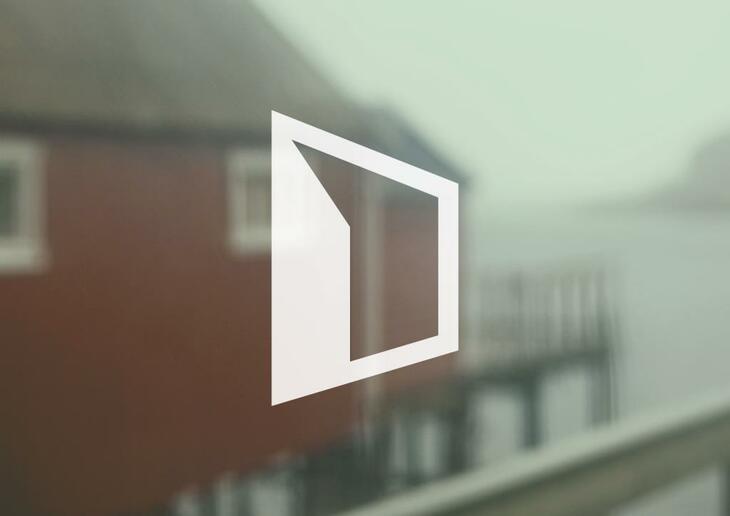
Forecast for the housing market 2023
Eiendom Norge's forecast for the housing market in 2023 is a decrease of -3.5 per cent.
The forecast is based on an expected development in nominal house prices through 2023 (12-month growth).
- Eiendom Norge expects a decline in housing prices in Norway next year. Some cities will see a stronger development than the national one, while we believe house prices in Oslo will fall more than the rest of the country. In Southern Norway and South-Western Norway, the development will probably be positive, says CEO of Eiendom Norge, Henning Lauridsen.
- The interest rate has a major impact on house prices and higher interest rates will further reduce price developments in 2023. We expect that the sharp fall in house prices through the autumn of 2022 will continue into the first half of the year, but that the development will be more positive in the autumn of 2023. By the summer, both the interest rate peak has been reached and the interest rate increases have been priced into the housing market, he says.
- At the same time, there is great uncertainty around increased electricity prices, inflation, housing demand and, more generally, the development of the Norwegian economy. A major fall in house prices presupposes a significant increase in unemployment, and we see that as less likely, he says.
The interest rate more than five-fold
I løpet av 2022 har styringsrenten fra Norges Bank mer enn fem-doblet seg fra 0,5 til 2,75 prosent.
- Etter vårt syn forklares mesteparten av fallet i boligprisene i Norge gjennom høsten 2022 av den økte renten. Det lave tilbudet i bruktboligmarkedet som følge av ny avhendingslov fra nyttår gjorde trolig også at det tok lenger tid før de økte rentene fikk gjennomslag i markedet, sier Lauridsen.
Norges Banks rentebante per desember 2022 indikerer en rentetopp midtveis i 2023 og at det blir ytterligere to renteøkninger innen den tid.
- Renten settes trolig kun opp en gang til, sannsynligvis med 0,25 prosent i mars. Vi venter derfor at renteeffekten på boligprisene blir størst i første halvår, sier han.
- Nylig vedtok finansminister Vedum (Sp) lettelser i utlånsforskriften. Uten disse lettelsene ville kredittgivningen til boligkjøperne blitt svært stram når renten er kommet såpass høyt opp på kort tid og boligprisene ville falt mye mer, sier Lauridsen.
Low housing construction, but high population growth
At the end of November, more than 21,000 new homes have been sold in Norway over the past 12 months, according to the housing manufacturers.
- When 2022 is over, we will probably see the lowest new home sales in Norway since the financial crisis. This means that we will have low housing construction in the coming years. Although there are still relatively many projects under construction, this will turn downward during 2023, says Lauridsen.
- The paradox of this situation is that the population is growing strongly again after a moderate development in recent years. And there have been a particularly large number of refugees from Ukraine, and many are expected next year. This increases the demand for housing in both the short and long term, he says.
Great uncertainty
The high energy prices and the impact this will have on the Norwegian economy in combination with high interest rates and weak economic development globally mean that uncertainty is now rarely great.
- So far, the development in Norwegian business has been good due to the pandemic. However, electricity prices have now established themselves at a very high level. If this continues, this will have an impact on people's consumption and the development of parts of the business world, which in turn can lead to higher unemployment, says Lauridsen.
- A higher unemployment rate will normally have a negative impact on housing demand. However, unemployment is still low and the employment rate in the population has actually increased in recent years. It will have a positive effect on the housing market, even if a reversal can come quickly, he says.
Forecasts for the big cities
Our forecasts for the 12-month growth from January to December 2023 for the large cities are:
Oslo: Decrease of - 6 per cent
Bergen: Decrease of -1 percent
Trondheim: Decrease of -1 percent
Stavanger: Increase of 1 per cent
- Higher interest rates hit Oslo harder than other cities due to high prices and debt levels. We therefore expect house prices to fall somewhat here during the first half of the year. In the longer term, Oslo has a housing deficit measured against population growth. This means that we expect prices to rise again in the longer term in Oslo, says Lauridsen.
- At the start of 2023, the supply side in Bergen is higher than during the pandemic, but lower than before the pandemic. Housing production in the city is flat, while population growth has picked up sharply throughout the year. We only expect a decrease of -1 per cent in Bergen in 2023, says Lauridsen.
- Also in Trondheim, the supply side of the second-hand housing market has increased a lot during the autumn. It is higher than during the pandemic, but lower than in 2018 and 2019. Both population growth and housing production are stable. Therefore, in Trondheim we expect a small decrease of - 1 per cent through 2023, says Lauridsen.
- Both during the pandemic and in 2022, there has been strong development in house prices in Stavanger, and the market has recovered some of the house price fall from 2014 to 2020 in parallel with the oil brake. With the great upswing in the oil and gas industry in the past year, population growth and the power of business life in the region are back. Therefore, we expect a positive development in housing prices with an increase of 1 per cent in Stavanger in 2023, concludes Lauridsen.






